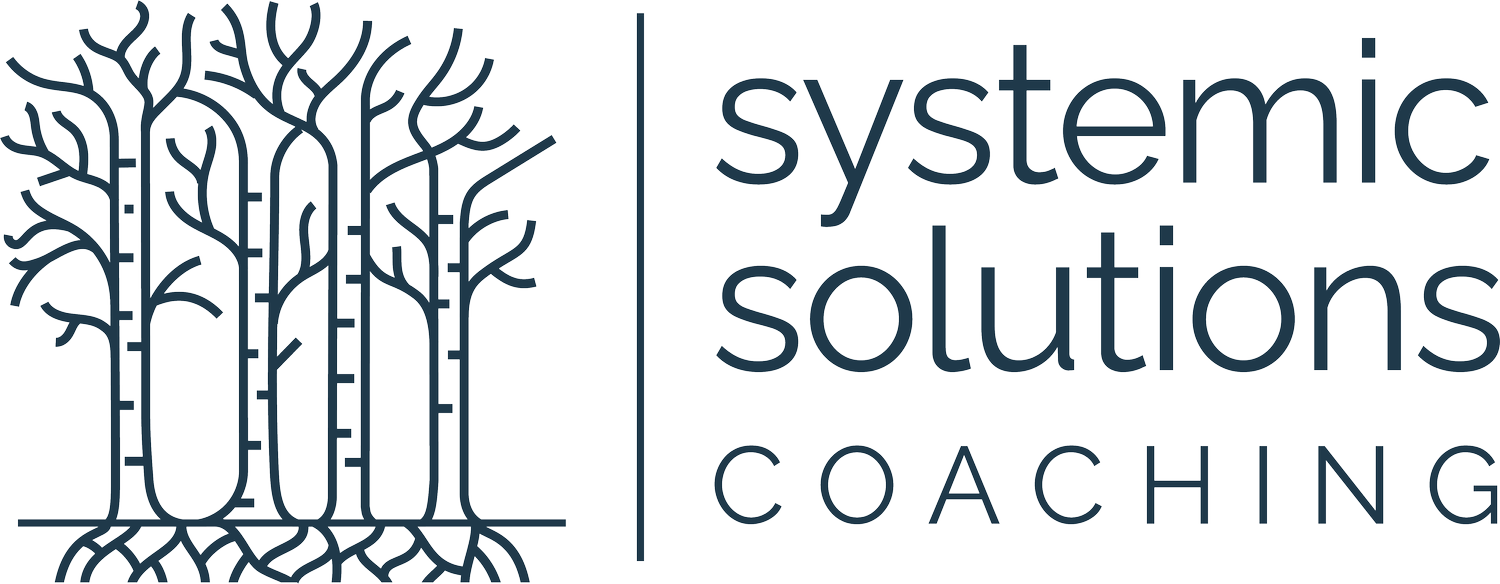Is Your Family Programming Working? Ask These 21 Questions and Find Out.
When I consult with therapeutic programs—residential treatment centers, therapeutic boarding schools, and transitional programs—I rarely begin by offering solutions. I start by asking questions.
Why? Because most of the problems in family programming are not the result of bad intentions or poor clinical skill. They are the result of drift: well-meaning efforts that lack a clear foundation, structure, or shared vision.
The good news? You can course-correct. And it starts with the right questions.
Below are 21 reflective prompts I use when assessing the strength and clarity of a program’s family engagement strategy. I invite you to read them slowly, discuss them with your team, and notice what comes up—defensiveness, curiosity, insight, resistance. All of it is data.
Strategic and Philosophical Questions
What are the foundations of your family programming?
What is the underlying "why" that drives your family programming?
To what extent do your staff and your clients understand and align with this "why"?
Do you see family work as complementary to the child’s growth—or as integral?
How do you define success for families in your program? Is that definition shared across your team?
Curriculum and Content Questions
What are the key skills or insights every family should leave your program with?
Do you have a structured, progressive family curriculum or is your approach more ad hoc?
How do you address core family dynamics such as triangulation, emotional reactivity, or boundary challenges?
Are families explicitly taught how to support sustainable change after discharge?
How do you help families navigate resistance, ambivalence, or blame during treatment?
Delivery and Engagement Questions
How often are families meaningfully engaged throughout the treatment process—not just contacted?
Who is primarily responsible for delivering family programming, and how prepared are they?
Do you offer differentiated support for families based on readiness, background, or presenting issues (e.g., trauma, adoption, divorce)?
What opportunities do families have for peer connection, support, or community-building during the program?
What feedback loops exist for families to help shape or improve programming while their child is enrolled?
Transition and Long-Term Impact Questions
How do you prepare families for transitions—into your program, between phases, and post-discharge?
What portion of your family programming is dedicated to post-discharge planning and re-entry into everyday life?
How do you track the impact of your family work beyond discharge, if at all?
What partnerships or resources do you provide (or recommend) for families post-discharge?
How confident are you that your family programming leads to meaningful change—not just improved insight, but sustained action?
Bonus Meta-Reflection
If your program never engaged with families at all, what would your outcomes look like? What would be lost?
What to Do With the Answers
These questions are not a test. They are an invitation. An invitation to pause, reflect, and realign your efforts with your mission.
Some programs use them as part of strategic planning. Others bring them into clinical meetings or family program audits. However you use them, know this: asking these questions is itself an act of leadership.
In the next post, I’ll explore how intentional, systems-based family programming creates lasting change—for students, staff, and the entire ecosystem.
Need a Thought Partner?
If your answers to these questions left you with more uncertainty than clarity, I’d be glad to help. I offer program audits, curriculum design, staff training, and direct coaching for family systems. Let’s make your family programming a cornerstone, not a side note.

